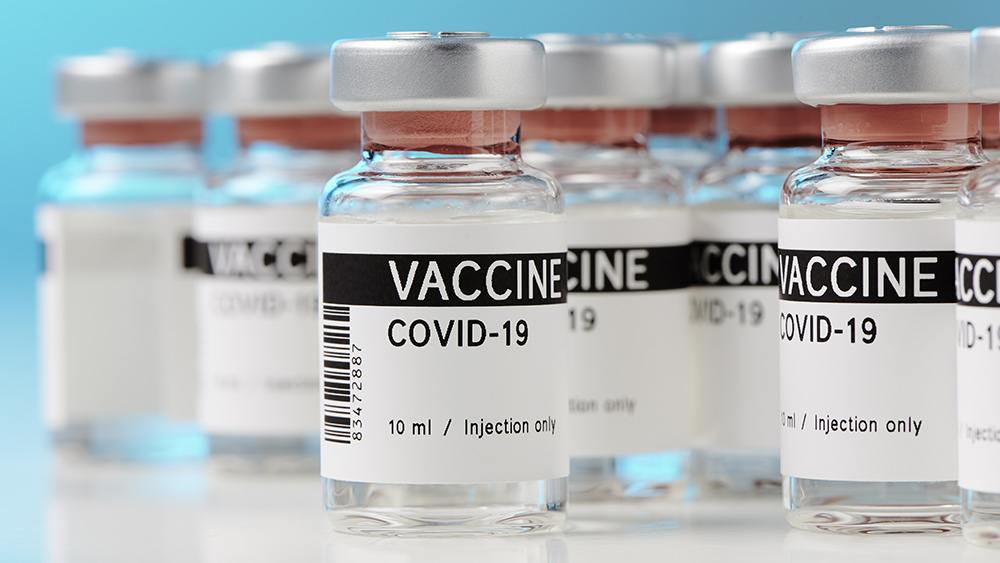Research suggests fasting can help men with Type 2 diabetes improve their glucose levels
10/16/2019 / By Grace Olson

Fasting can help men suffering from Type 2 diabetes improve their glucose levels, suggests researchers from the U.S. and Australia. Their study, which appeared in the journal Obesity, revealed fasting to be a novel alternative treatment for managing the disease.
According to the Centers for Disease Control and Prevention, over 30 million Americans have diabetes, and up to 95 percent of these cases are Type 2 diabetes. Type 2 diabetes is a chronic condition marked by the body’s inability to respond to insulin. Insulin is a hormone that allows blood glucose to enter the cells of the body and be converted into energy. People with Type 2 diabetes have cells that resist insulin, which forces the body to produce more until it is unable to keep up. This leads to a rise in blood sugar levels. It is for that reason that individuals at risk of developing Type 2 diabetes are advised to limit their sugar intake.
A positive link between intermittent fasting and Type 2 diabetes
Intermittent fasting is the process of restricting the consumption of food and drinks within a set time period. Rather than a diet, intermittent fasting is more of a diet pattern.
Previous studies have shown that intermitten fasting is associated with various health benefits, such as weight loss and increased insulin sensitivity. The most common type of fasting hours is the 16:8 ratio, which means eating only within eight hours and fasting for the remaining 16 hours. Others fast for two days a week and normally eat for the rest.
The researchers in this study were particularly interested in how intermittent fasting improves glycemic control in men at risk of Type 2 diabetes. They wanted to assess whether a nine-hour time-restricted feeding (TRF) – early (TRFe, 8 a.m. to 5 p.m.) and delayed (TFRd, 12 p.m. to 9 p.m.) – can affect glucose tolerance.
For this study, the researchers gathered 15 individuals aged 30 to 70 who had an average BMI of 33.9 — a value that indicates obesity. During the study, the participants were made to wear glucose monitors and accelerometers, which measure activity and sleep patterns, for a baseline period of seven days. The participants were also instructed to write down all the food and drinks they consumed.
The participants were then randomized to either TFRe or TFRd, with a two-week washout period. While they were asked to continue their daily activities, the researchers also instructed them to eat their usual diet within the hours specified for their group.
The researchers found that TRF improved the participants’ glucose control. Whether they ate in the morning or late afternoon did not make any difference, which suggested that intermittent fasting can reduce HbA1c and lower insulin dependence. HbA1c is a biomarker used to test for diabetes, while a lowered insulin dependence indicates improved blood sugar control. (Related: Can mulberry treat diabetes?)
The researchers concluded that intermittent fasting has potential health benefits that may prove useful not only for individuals at risk of Type 2 diabetes, but also for those with other chronic diseases. While more research is needed, people who are willing can try intermittent fasting for now to have a more disciplined and healthier lifestyle.
Learn about other natural ways to prevent or treat diabetes by visiting DiabetesCure.news.
Sources include:
Submit a correction >>
Tagged Under:
alternative medicine, anti-diabetes, blood glucose, blood sugar levels, diabetes, diabetes cure, diabetes prevention, diet, disease treatments, eating pattern, fasting, glucose tolerance, HbA1c, hemoglobin A1c, insulin, insulin dependence, insulin resistance, insulin sensitivity, intermittent fasting, prevention, research, slender, Type 2 Diabetes, weight loss
This article may contain statements that reflect the opinion of the author
RECENT NEWS & ARTICLES
COPYRIGHT © 2017 RESEARCH NEWS





















